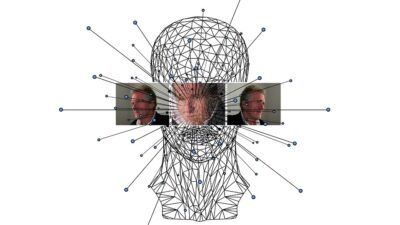Artificial Intelligence (AI) has transformed nearly every aspect of modern life, igniting a debate about its implications for the workforce. As AI technologies continue to advance, the question looms: Are AI and employment friends or foes? This article delves into the multifaceted relationship between AI and jobs, examining the potential benefits and challenges that come with this technological revolution.
The Potential of AI to Enhance Employment
1. Increased Efficiency and Productivity
One of the primary benefits of AI in the workplace is its ability to automate repetitive tasks. By handling mundane activities, AI frees employees to focus on more complex responsibilities, thereby boosting productivity. For example, AI-driven tools can analyze data in seconds, allowing human workers to make faster, informed decisions.
2. Creation of New Job Roles
While some jobs may be at risk due to automation, AI also creates new roles that didn’t exist before. As industries evolve, there’s an increasing demand for AI specialists, data analysts, and machine learning engineers. Additionally, roles focused on overseeing and maintaining AI systems are essential, leading to a paradigm shift in what skills are valued in the job market.
3. Enhanced Job Satisfaction
AI can improve job satisfaction by taking over the more tedious aspects of work, allowing employees to engage in more meaningful tasks. As workers find their roles become more intellectually stimulating, their overall job satisfaction could improve, leading to better employee retention and morale.
The Employment Threats Posed by AI
1. Job Displacement
The most significant concern regarding AI and employment is job displacement. Routine and low-skill jobs are particularly vulnerable to automation. For instance, roles in manufacturing, data entry, and customer service may be replaced by AI systems capable of performing these tasks more efficiently and at a lower cost.
2. Skills Gap
As the demand for AI-related roles increases, there’s a growing skills gap. Many current workers may lack the necessary training or education to transition into new positions created by AI. This skills gap can lead to significant employment challenges, particularly for those in industries heavily impacted by automation.
3. Economic Inequality
The rise of AI could exacerbate economic inequalities. High-skilled workers in technology and management may benefit from AI’s efficiencies, while lower-skilled workers could face unemployment. This divide could lead to a polarized job market, where the rich benefit disproportionately from technological advancements while the less fortunate struggle to find meaningful employment.
Navigating the Future: Strategies for Adaptation
1. Reskilling and Upskilling Initiatives
To mitigate the risks associated with AI, organizations and governments must invest in reskilling and upskilling programs. By providing workers with the training needed to adapt to the new job landscape, we can empower them to embrace changing roles rather than face unemployment.
2. Fostering Human-AI Collaboration
Rather than seeing AI as a competitor, organizations should prioritize human-AI collaboration. By leveraging AI’s strengths alongside human creativity and emotional intelligence, companies can create hybrid work environments that enhance productivity and job satisfaction.
3. Emphasizing Soft Skills
As technical skills become increasingly essential, soft skills like communication, empathy, and problem-solving will remain irreplaceable. Workers who can complement AI with these uniquely human traits will be invaluable in the workforce, emphasizing the need for educational systems to prioritize these skills alongside technical training.
Conclusion
AI’s impact on employment is a double-edged sword. While it presents opportunities for increased efficiency, innovation, and job creation, it also poses significant threats to job security and economic equity. Whether AI becomes a friend or foe in the job market largely depends on how society responds to these challenges. Through proactive reskilling, adaptive workplace cultures, and a focus on human-AI collaboration, we can harness the potential of AI while safeguarding the employment landscape for future generations.



